Traditional Leccese Pasticciotti. Absolutely! Leccese pasticciotti are a true symbol of Puglian pastry, and their traditional preparation is an art passed down through generations. Originating from the city of Lecce, pasticciotti are delightful oval pastries, characterized by a crumbly shortcrust pastry and a soft, creamy heart. Their history is lost in the mists of time, but what is certain is that they have become one of the most beloved and representative desserts of Puglia over the years.
The traditional recipe involves using simple and genuine ingredients, such as flour, eggs, sugar, butter (or lard), and baking ammonia, which gives the pastry a particular softness. The filling is usually a custard, sometimes enriched with syrupy black cherries, which gives the pasticciotto an irresistible sweet and sour touch.
A ritual to savor Leccese pasticciotti are best enjoyed freshly baked, when the pastry is still warm and crispy, and the cream is steaming. They are a pleasure to indulge in at any time of the day, but they are particularly suitable for breakfast or as a snack.
Read also

- Difficulty: Easy
- Portions: 6 pasticciotti
- Cuisine: Italian
- Energy 998.52 (Kcal)
- Carbohydrates 131.53 (g) of which sugars 67.35 (g)
- Proteins 17.49 (g)
- Fat 47.87 (g) of which saturated 19.52 (g)of which unsaturated 25.98 (g)
- Fibers 1.93 (g)
- Sodium 148.55 (mg)
Indicative values for a portion of 110 g processed in an automated way starting from the nutritional information available on the CREA* and FoodData Central** databases. It is not food and / or nutritional advice.
* CREATES Food and Nutrition Research Center: https://www.crea.gov.it/alimenti-e-nutrizione https://www.alimentinutrizione.it ** U.S. Department of Agriculture, Agricultural Research Service. FoodData Central, 2019. https://fdc.nal.usda.gov
Ingredients
- 4 1/4 cups all-purpose flour
- 1 1/8 cups sugar
- 4 large eggs
- 2 tablespoons milk
- 1 teaspoon baking ammonia
- 1 1/8 cups lard (soft)
- 1 egg yolk (for brushing)
- 2 cups whole milk
- 1 vanilla (vanilla bean seeds)
- 1 lemon (zest)
- 2 large eggs (medium)
- 2/3 cup sugar
- 1/3 cup cornstarch
- 6 sour cherries
Steps
The first thing to do is make the pastry dough. In the stand mixer, add the sugar.
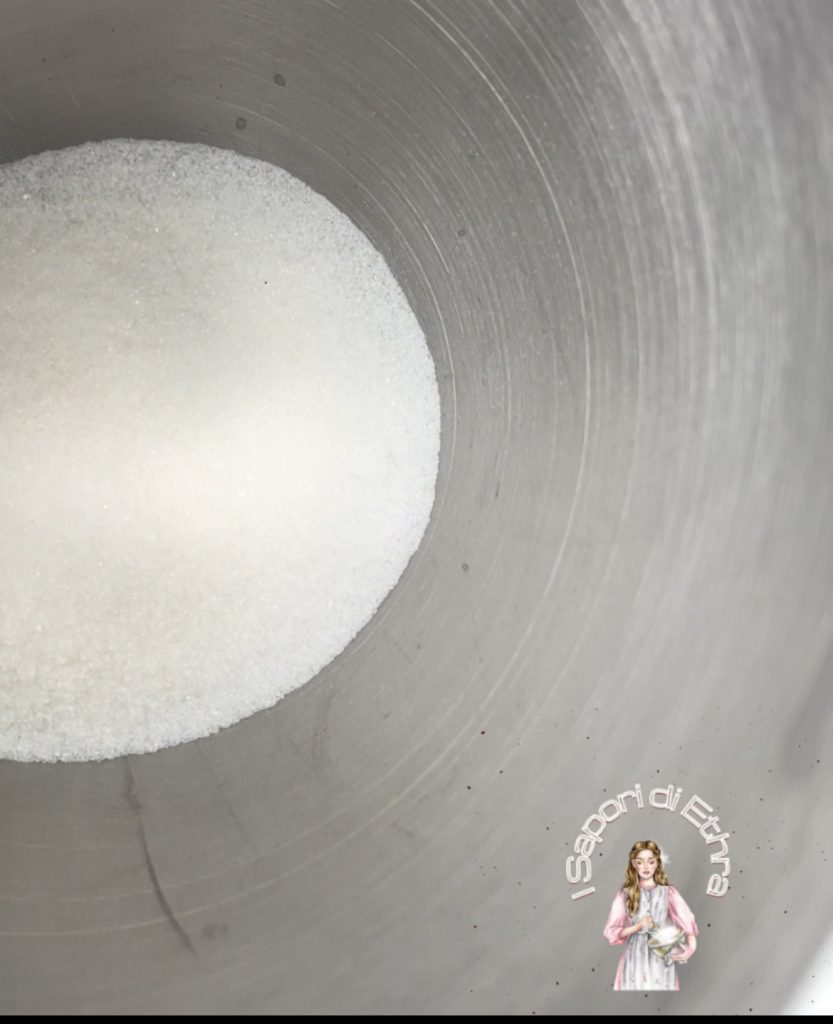
Add the eggs and start working with the paddle attachment

Combine the baking ammonia with the water and stir well.
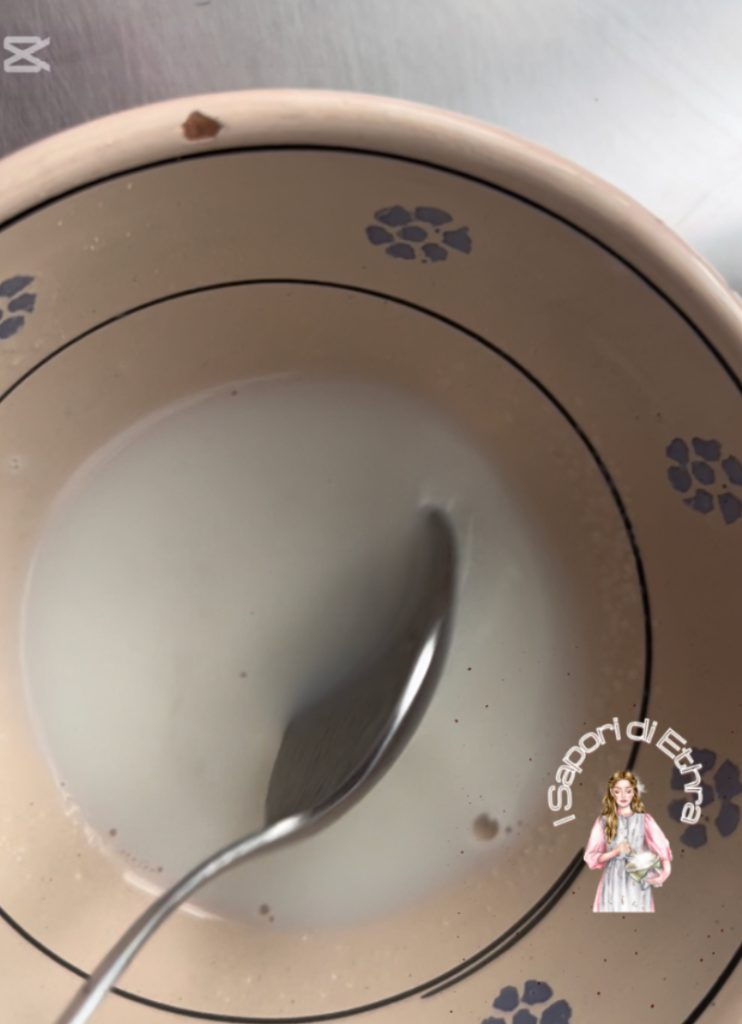
Add the soft lard in pieces
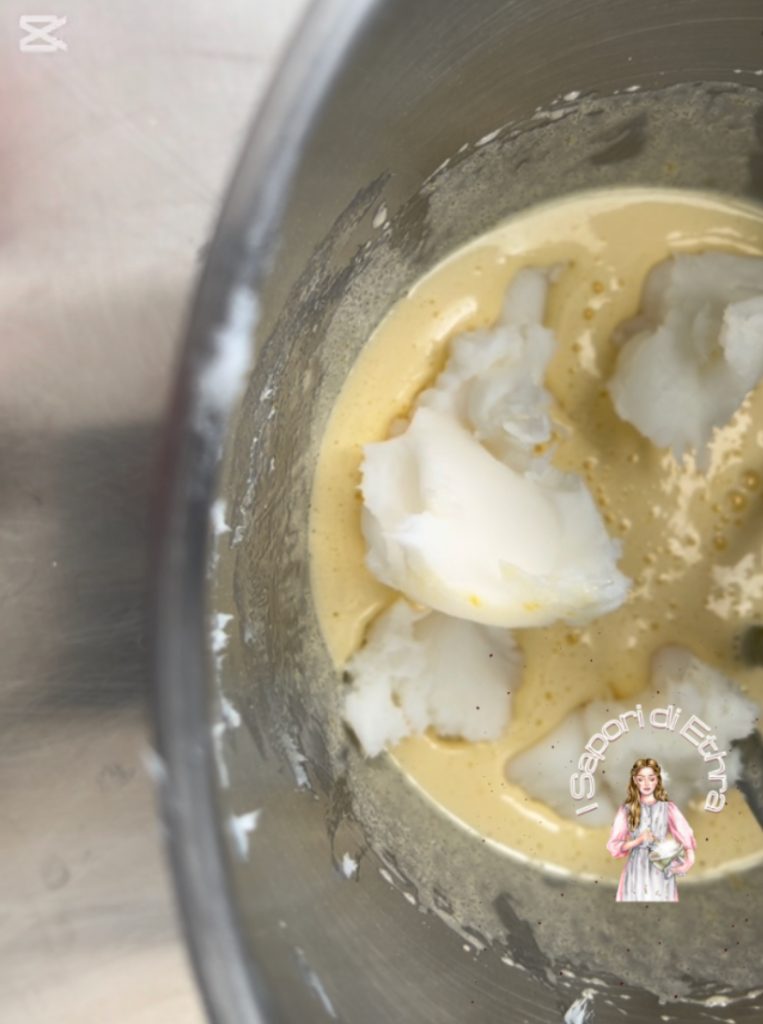
Continue using the stand mixer

Add the flour

add the milk with the ammonia, work for a few minutes.

Transfer to the work surface

quickly work the dough
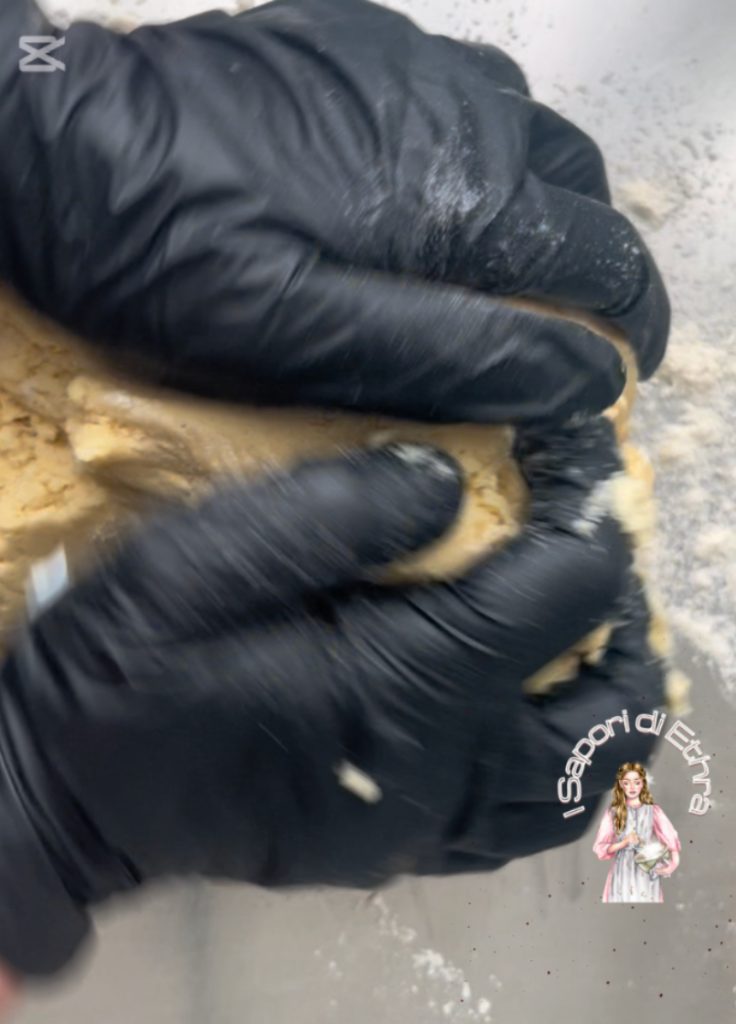
until you obtain two compact cylinders, let rest in the fridge for 1 hour.
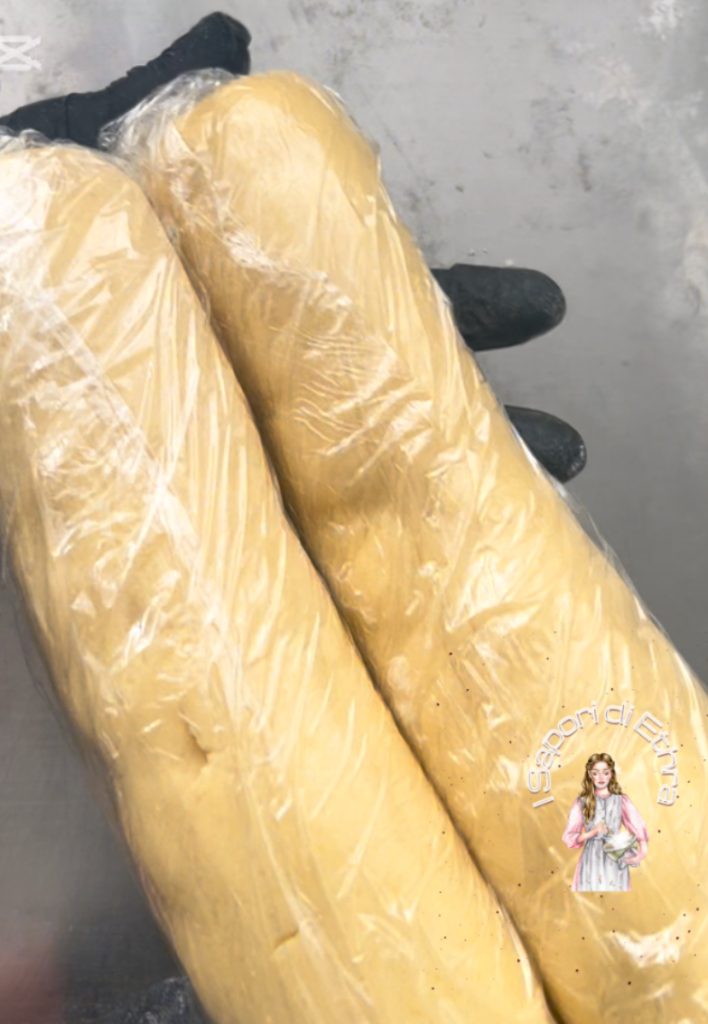
Now prepare the cream by heating the milk in a saucepan
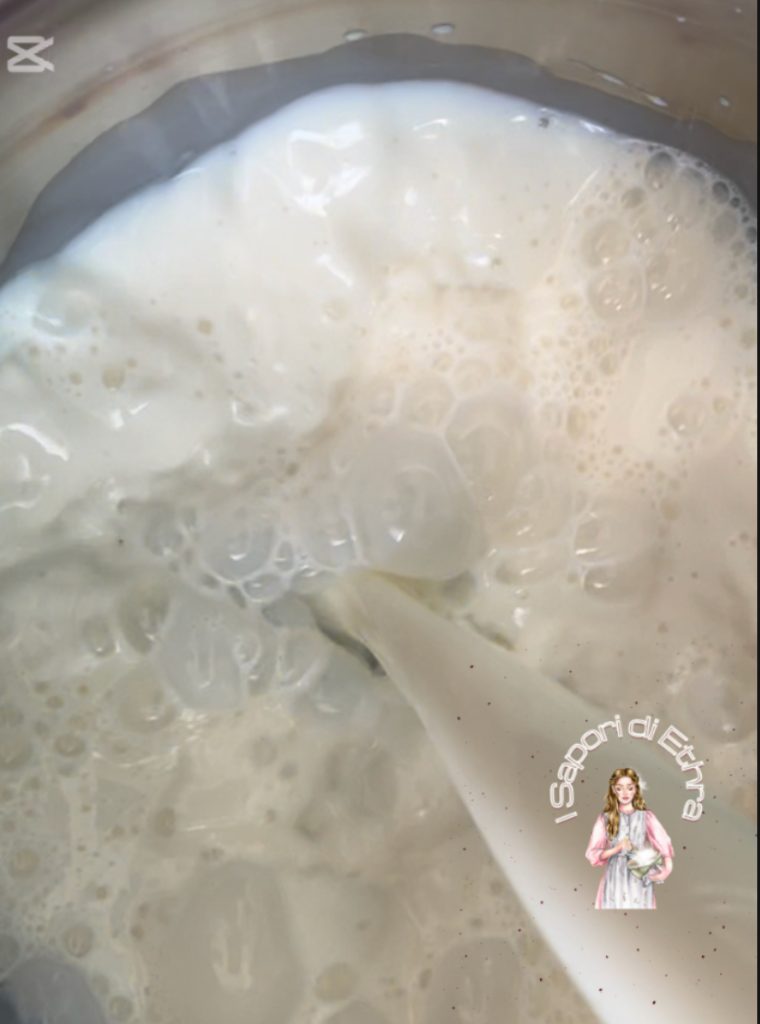
Add the vanilla bean seeds
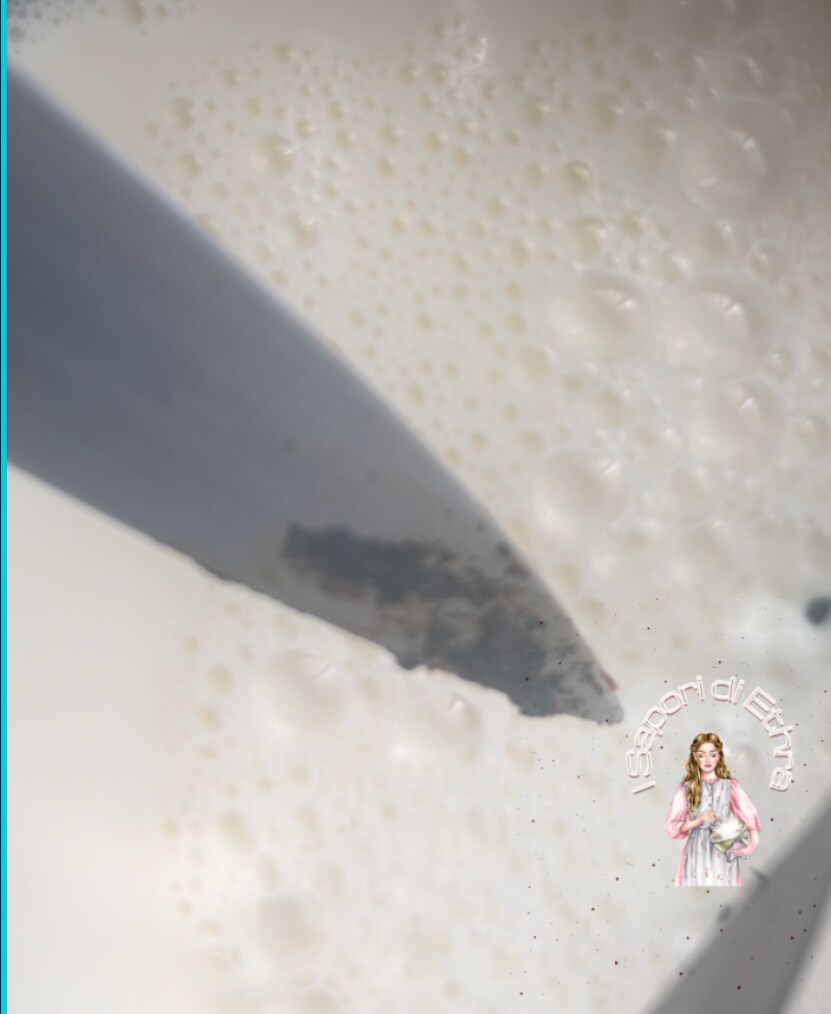
the lemon zest.

In a bowl, combine the sugar with the yolks and mix quickly.

Add the cornstarch

Pour the hot filtered milk into the bowl and then back into the saucepan over the heat.

Stir until you achieve the consistency of custard.

After an hour, remove the cylinders from the fridge and cut them
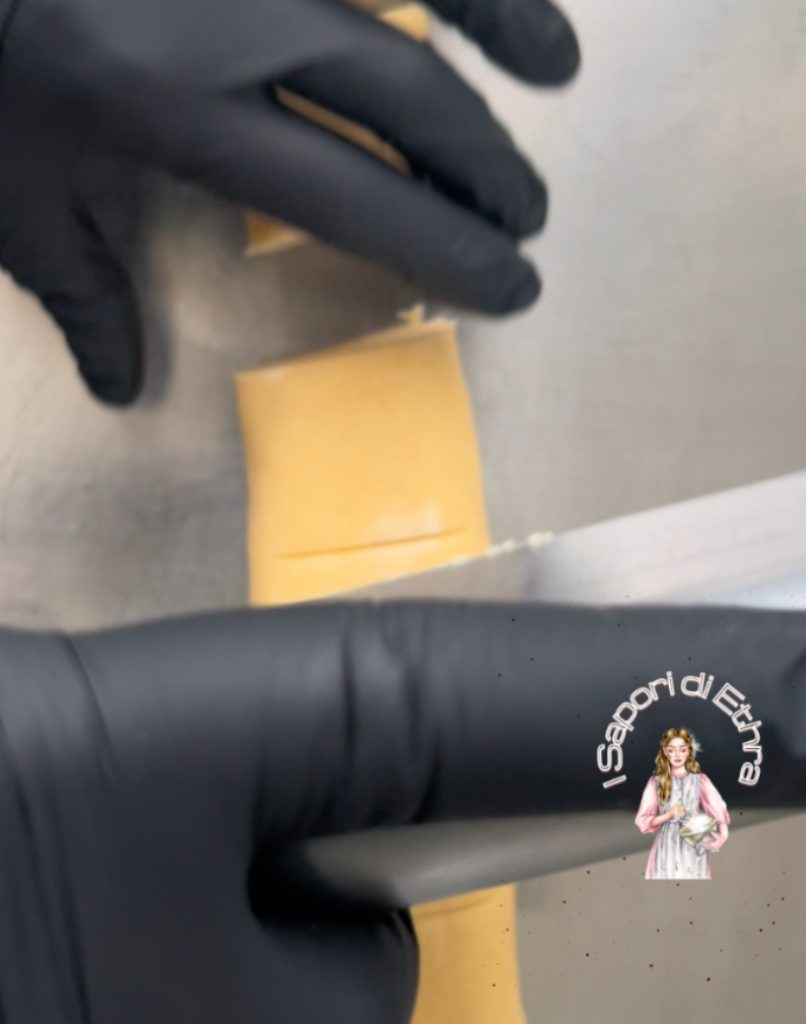
Roll out with a rolling pin
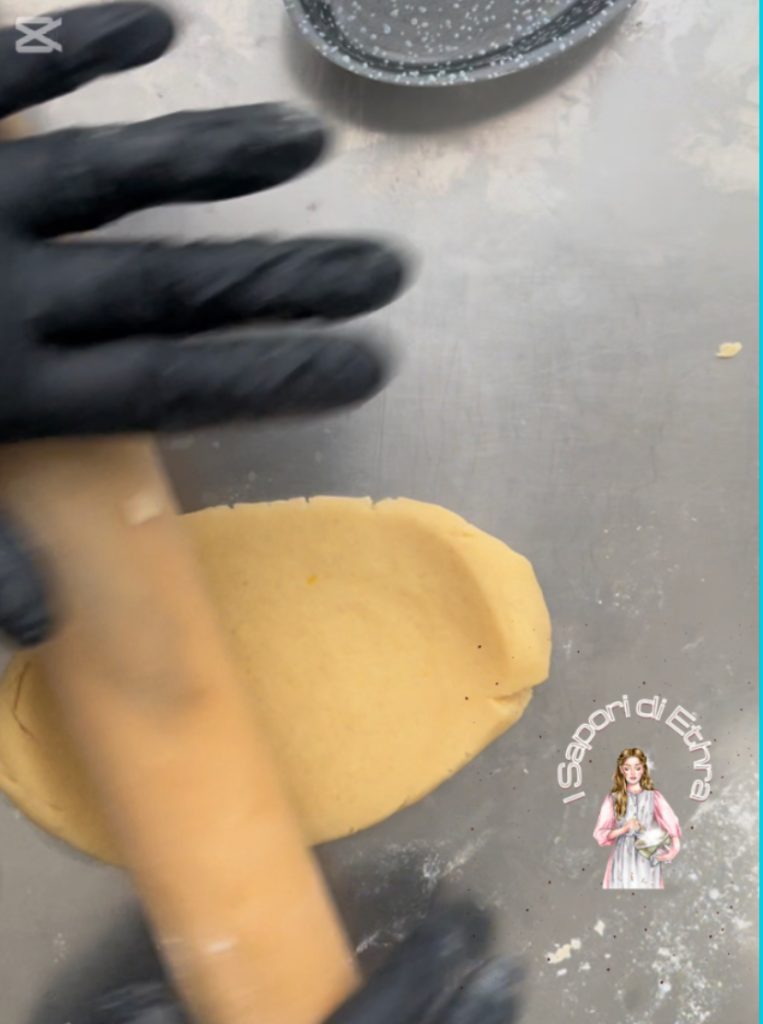
line the mold and fill with cream and sour cherry.
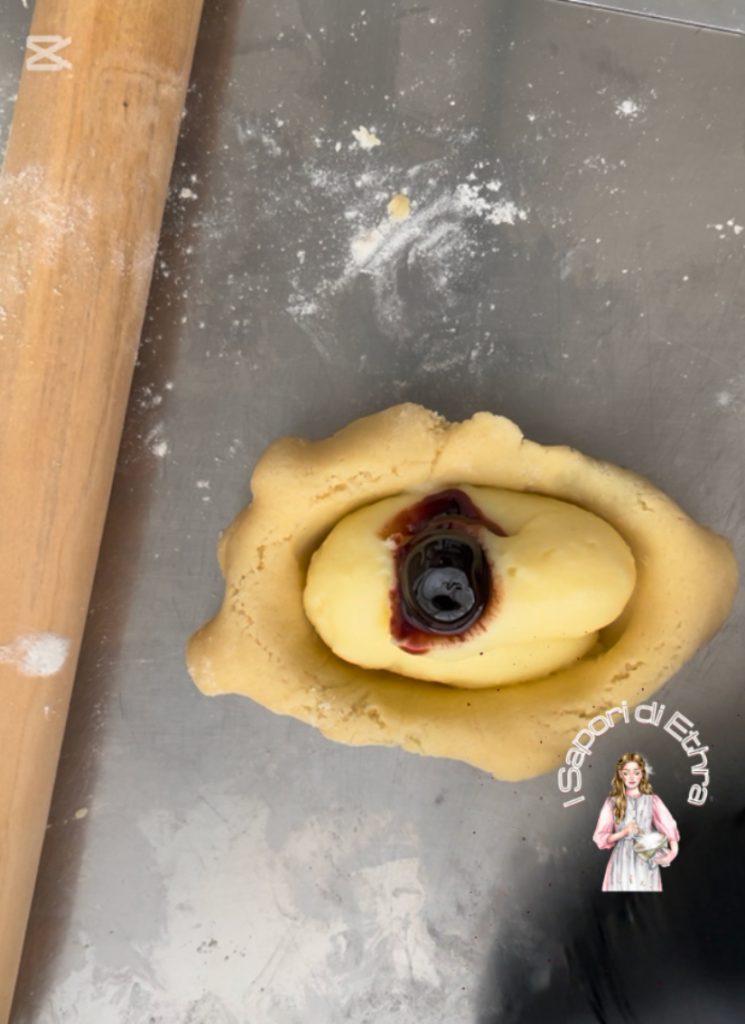
Close with another disc of pastry.
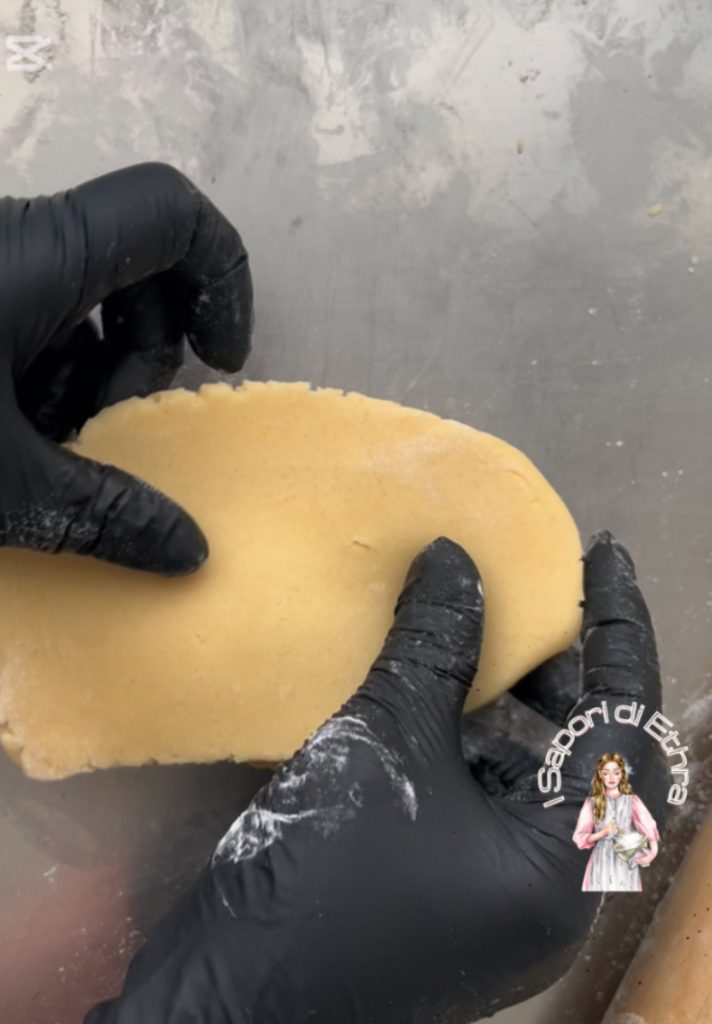
Seal well by slightly pressing the edges
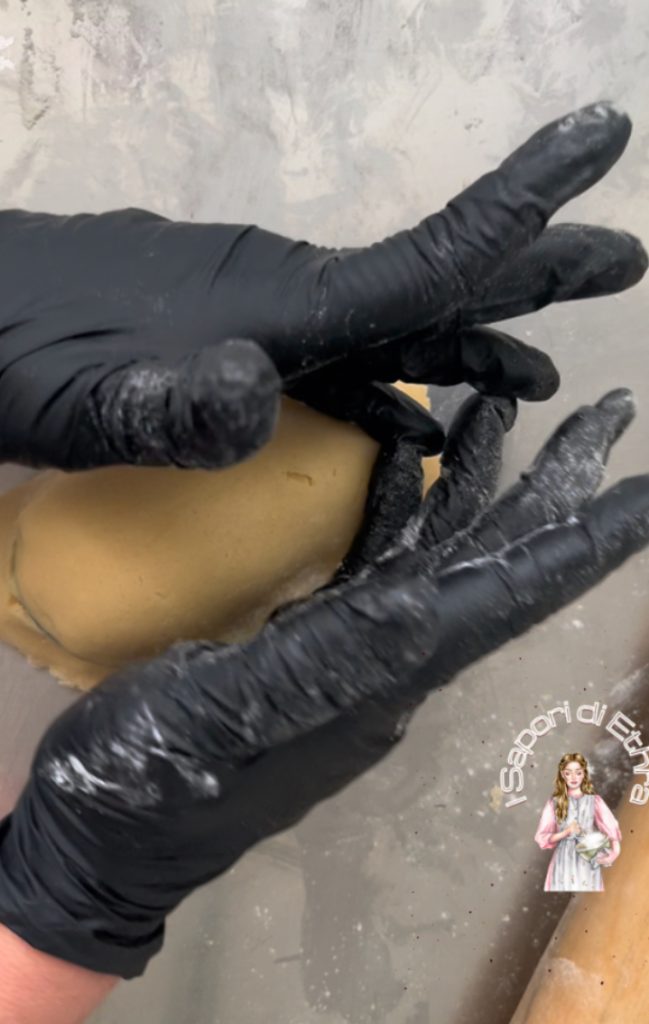
trim the excess from the sides, brush with the egg yolk, and bake in a preheated oven at 392°F for 15 minutes

The pasticciotto appears soft and compact when cut, and it is best enjoyed warm.

notes
The use of ammonia in pasticciotti, especially in Leccese pasticciotti, is a culinary tradition that may cause some perplexity. But there is no need to worry!
Why is ammonia used in pasticciotti?
Leavening: Baking ammonia, or ammonium bicarbonate, is a leavening agent. When heated during baking, it decomposes, releasing gases that leaven the dough. This process gives pasticciotti a soft and porous consistency, typical of this dessert.
Speed of action: Unlike chemical yeast, ammonia acts very quickly, allowing the dough to rise in a short time. This is particularly useful for preparing biscuits and dry pastries, such as pasticciotti.
Neutral taste: Once baked, ammonia leaves no residual taste in the dessert, ensuring a pure and delicate taste.
Why specifically in pasticciotti?
Tradition: The use of ammonia in Leccese pasticciotti is an ancient and established tradition, giving this dessert a unique taste and texture.
Structure: Ammonia helps create a crumbly and slightly alveolated structure in the pasticciotto dough, which perfectly complements the cream’s softness.
Is ammonia harmful?
No, baking ammonia is a safe and non-toxic substance when used in the right quantities and following recipe indications. Once baked, ammonia decomposes completely and leaves no residue in the final product.
Can ammonia be replaced?
Yes, ammonia can be replaced with baking powder, but the final result might be slightly different. Baking powder provides a slower and less intense leavening, which could alter the dessert’s structure.
In conclusion:
The use of ammonia in pasticciotti is a culinary choice with excellent reasons. If you appreciate tradition and want to enjoy authentic pasticciotti, there’s no reason to avoid them.
FAQ (Frequently Asked Questions)
Why is ammonia used in pasticciotti?
Leavening: Baking ammonia, or ammonium bicarbonate, is a leavening agent. When heated during baking, it decomposes, releasing gases that leaven the dough. This process gives pasticciotti a soft and porous consistency, typical of this dessert.
Speed of action: Unlike chemical yeast, ammonia acts very quickly, allowing the dough to rise in a short time. This is particularly useful for preparing biscuits and dry pastries, such as pasticciotti.
Neutral taste: Once baked, ammonia leaves no residual taste in the dessert, ensuring a pure and delicate taste.Is ammonia harmful?
No, baking ammonia is a safe and non-toxic substance when used in the right quantities and following recipe indications. Once baked, ammonia decomposes completely and leaves no residue in the final product.
Why specifically in pasticciotti?
Tradition: The use of ammonia in Leccese pasticciotti is an ancient and established tradition, giving this dessert a unique taste and texture.
Structure: Ammonia helps create a crumbly and slightly alveolated structure in the pasticciotto dough, which perfectly complements the cream’s softness.

